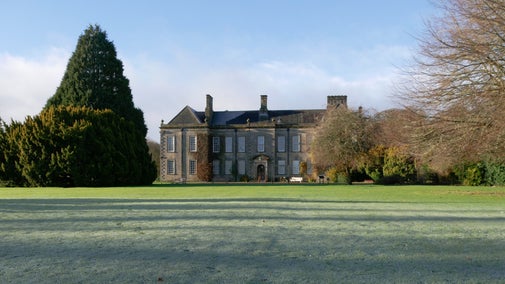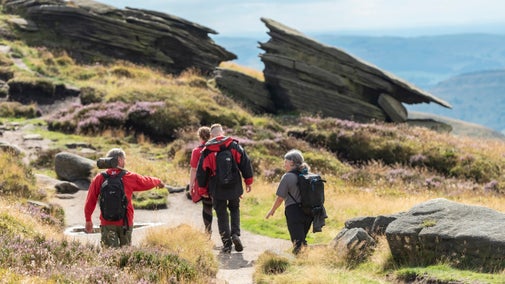Red squirrel conservation at Wallington

Wallington is home to many native species, including the beautiful and endangered red squirrel.
For over 15 years, the team at Wallington have been undertaking a red squirrel conservation programme to help safeguard the population here. It’s an ongoing challenge and as with many of this country’s native species, they face a number of threats, including habitat loss and significantly, from the non-native grey squirrel, which were introduced in the 19th Century. Grey squirrels out compete for food, can live in much denser populations than the reds can and crucially they carry a disease that is deadly to the red squirrel, squirrel pox. This is so lethal that it can wipe out a community of red squirrels within a woodland in just a few short weeks.
The constant movement of grey squirrels onto the estate has meant that the team of 14 strong rangers and volunteers work 7 days a week, 365 days a year on grey squirrel control and monitoring. With the help of the Epicollect5 app used in partnership with Red Squirrels Northern England, all sightings are recorded of both reds and greys, and data is gathered and analysed to inform of ‘hotspots’ for both on the estate, where trapping needs to be focused and where we can provide supplementary food if needed.
Storm Arwen
The size of the population of reds on the estate has always ebbed and flowed, with outbreaks of squirrel pox, and successful breeding seasons for greys both playing their part in the numbers of reds seen and recorded across the 20 square miles of Wallington. What is clear however, is that since Storm Arwen back in November 2021, sightings of reds on the estate had all but completely stopped. It is only really in these last few weeks that we are once again recording regular sightings in different locations. Arwen clearly caused significant damage to dreys, the squirrels' nests, and forced the reds further out into areas of woodland that survived the storm. This is reward for the consistent efforts from the team managing the red squirrel conservation programme here and great news for the red squirrel population, that their hard work is now starting to pay off once again.

The difference between red squirrels and grey squirrels
There are a number of differences between the two squirrels, perhaps the most obvious is their size. A fully grown grey squirrel can reach 48cm in length whereas an adult red squirrel will reach 38cm in length. They therefore weigh a lot differently too, with greys weighing on average 575g and reds weighing 305g.
Grey squirrels can sometimes be easily mistaken for a red as they can be quite reddish in colour. A couple of ways to help identify is to look at the ears, reds will often have tufts of hair sprouting from the tops of their ears whereas the greys will not. This isn’t particularly conclusive however as reds may not always have these tufts. It’s really with the tail that you can work out which you are looking at. The grey squirrel tail has a ‘halo’ effect around the edge. The red squirrel tail is solid in colour.

How can you help?
It is so important for us to have the best picture of what’s happening at Wallington and so if you see a squirrel on your visit, either red or grey, please do report it to a member of staff with a rough location if you’re able to provide one. This will be input into the app so we can continue to monitor frequency and locations of sightings to inform the programme going forward.
Wallington
Discover Wallington, where a historical house meets rolling hills, woodlands and a walled garden.

Wilder Wallington – a landscape for people and nature
Wallington is going big! Wilder Wallington is a landscape-scale nature renewal project across the whole estate and beyond, aiming to capture carbon, reverse the decline in biodiversity and the impacts of climate change, and provide a place where nature and people to thrive together.
Beaver reintroduction at Wallington
Wallington has reintroduced beavers to the estate in an effort to renew and restore nature in the hope that they will help create a wildlife-rich wetland landscape. Over a year and a half after their release, find out what changes we have seen in the enclosure.

Pine marten conservation at Wallington
The pine marten was once a familiar feature of English woodlands and plays an important role in keeping our woodlands healthy and balanced. It's thought that the species was once the country’s second most common carnivore (after the weasel), but due to habitat loss and hunting it's now the second rarest (after the wildcat). Here at Wallington we're working in partnership with Vincent Wildlife Trust to encourage the natural expansion of pine martens into the Wallington Estate.

Saving the native white-clawed crayfish
Find out more about our significant conservation project aimed at protecting the native white-clawed crayfish, now classified as endangered and at risk of extinction.

Adopt a Plot
Nature is depleting faster in the UK than almost anywhere else in the world. Donating to Adopt a Plot is a small way you can take a big step towards restoring nature across landscapes.
